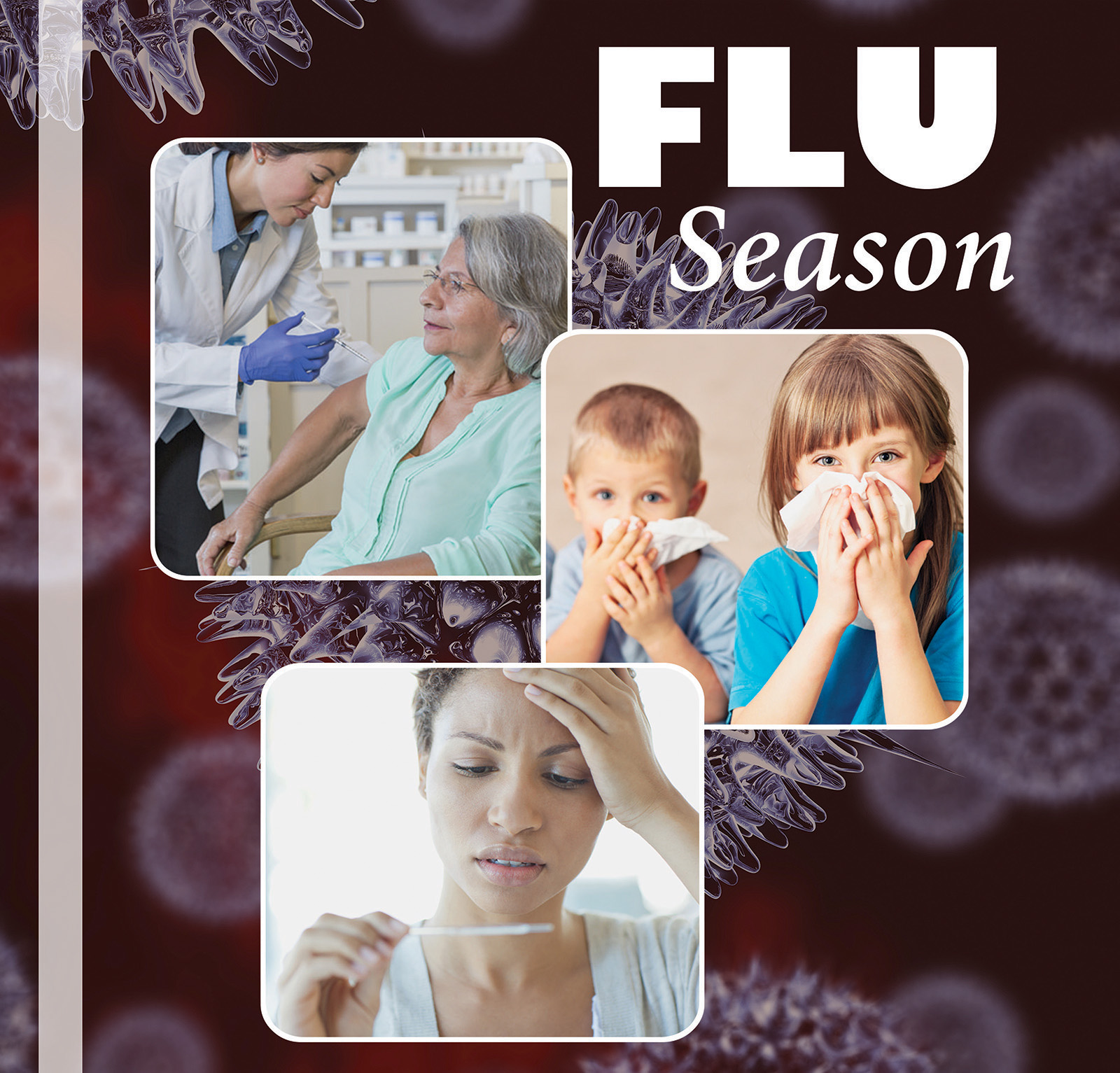Texas DSHS Reminds East Texans to Get Flu Shots

By Sarah Naron
Messenger Reporter
EAST TEXAS – The 2017-2018 flu season is in full swing, and the Texas Department of State Health Services (DSHS) is encouraging East Texans to get vaccinated as cases of seasonal influenza and flu-like illness continue to be reported.
Chris Van Deusen, Director of Media Relations for the DSHS, reported that such reports are increasing throughout the East Texas region.
“We haven’t had any confirmed flu cases reported from Houston County, specifically, but that doesn’t mean it’s not circulating there,” said Van Deusen. “People should get a flu shot, if they haven’t already this season.”
Van Deusen stressed the importance of frequent hand-washing, covering of coughs and sneezes and sick individuals staying home to prevent the further spread of the flu.
Van Deusen also addressed a report that this year’s flu vaccine is only 10 percent effective in preventing recipients from falling victim to the flu, claiming that the number is not accurate.
“That number is an Australian interim estimate of vaccine effectiveness that only looks at one of the flu viruses, so it’s not necessarily applicable here,” he explained. “We should have the initial vaccine effectiveness numbers for the U.S. in the next few weeks.”
According to information provided by the Centers for Disease Control and Prevention (CDC), flu season typically begins in October or November, with peak activity occurring from December to February and activity continuing as late as May. The CDC estimates that throughout the past seven years, between 9.2 million and 35.6 million illnesses have been attributed to the flu each year in the U.S.
Symptoms typically include cough, fatigue, fever, headaches, muscle or body aches, runny or stuffy nose and sore throat. Some people may also experience diarrhea and vomiting, although this occurs more commonly in children than in adults.
Individuals who develop the flu usually recover within less than two weeks, but some people may develop complications such as bronchitis, ear infections, pneumonia and sinus infections. Young children, adults of or over the age of 65 and pregnant women are most likely to experience such complications. Individuals with preexisting medical conditions such as asthma and congestive heart failure may see a worsening of these conditions during the time they are affected by the flu.
Healthcare providers typically diagnose the flu by obtaining swabs from either the back of the throat or the inside of the nose. Depending on the type of test conducted, results may be available in as little as 10 minutes. The flu is typically treated with prescription antiviral medications.
For more information on the flu, please visit www.cdc.gov/flu.
Sarah Naron may be reached via email at [email protected].






